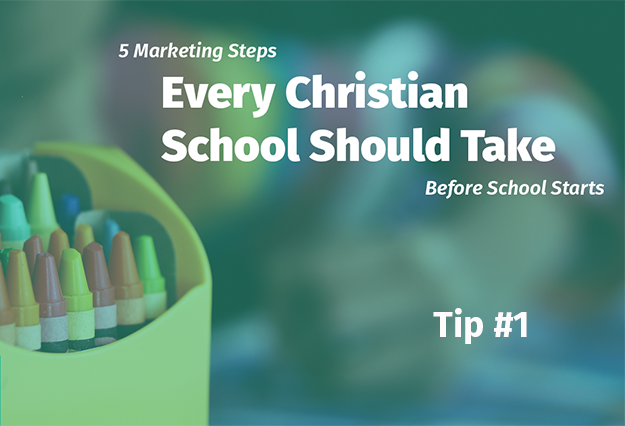It's the stealth applicant season when those who aren't on your radar submit an application without warning. It's always great to get an unexpected application, but there's a downside to these surprises, too.
The challenges that the stealth applicant brings are important to consider. You can't get a handle on what enrollment "might look like," if you have a large number of people who don't give you advance signals. You also don't know if they are just submitting a safety application, or if they are a good mission fit at all.
The rise of the stealth applicant is a result of the growing consumer preference to do exploration on their own, without the help of an enrollment advisor. In growing percentages of industries, people routinely complete almost all of their decision process before they make contact. In education, that results in applicants for whom there is no "life of the lead."
A lack of stealth applicants isn't good either
If you don't have any stealth applicants that can also tell you something important. Most likely it is because your website and content don't provide enough information about the school. A complete lack of stealth applicants tells you that people simply cannot figure out if they might want to enroll based on what they find online. Some will make contact with you to explore, but others will just move on to other options because they want to learn more in on their own.
The fish(es) that got away
The total number of stealth applicants that you get every year pulls back the curtain on the number of people who are considering your school that you don't know about. If you have 5 stealth applicants, there could be as many as 20 more than were thinking about applying but did not. But the exact ratio is unknown. That's why we call them stealth applicants:)
In real fishing, the pros use a type of sonar to see how many fish are actually present. If you've been out with a fishing guide you can actually see the fish circling your bait. Stealth applicant "fish" remain hidden from view, leaving the admissions team unprepared.
The mission fit problem with stealth applicants
Mission fit is critical for the health of private schools. Good fit families strengthen the learning community, and bad fit families can do just the opposite. One of the biggest problems with stealth applications is that their thinking has been conditioned by some other learning community along the way. Their expectations, their sense of attraction to your learning community may have not developed -- at all.
The opportunity to introduce a prospective family to the mission, values, and culture of the school is an important part of the pre-application process. Solving for stealth applications is an important part of building quality enrollment.
Planning for early engagement
The primary method for helping people move from status as a potential stealth applicant to a known prospect requires a plan for early engagement. Early engagement happens when you offer methods for people to subscribe or identify themselves as soon as they start to explore the school.
Creating an early engagement plan that works, requires the development of both valuable content online as well as the technology to capture contact information and to then continue connecting with that person consistently in a way that feels valuable to them.
There are a variety of methods for this, but they always start with the key elements of your strategic marketing plan which should include a persona and brand story. Building from this foundation, you can plan, offer and track the effectiveness of engagement much earlier than the last possible minute.
While you will never completely eliminate the stealth applicant, a well planned early engagement approach will help you win more and ensure that they are mission appropriate.









